Rebuilding Stronger: Creating A More Resilient Home After A Hurricane

Rebuilding Stronger: Creating a More Resilient Home After a Hurricane
Introduction
After the devastation caused by a hurricane, it's vital to focus on rebuilding and creating stronger and more resilient homes. Hurricane damage is not only costly but can also be dangerous and even deadly. That's why taking steps to prepare for and mitigate hurricane damages should be a top priority for those living in hurricane-prone areas.
The Importance of Building Codes
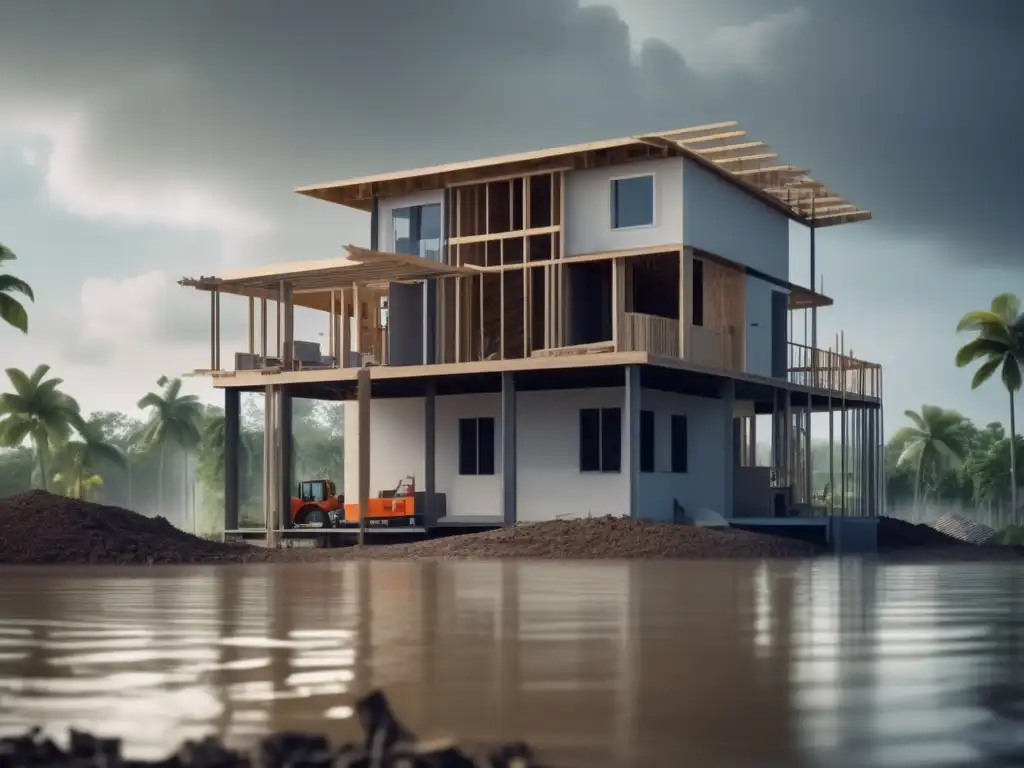
Why Building Codes Matter for Hurricane-Prone Areas
Building codes are a set of standardized regulations that dictate the minimum acceptable standards for construction, design, and materials. In areas prone to hurricanes, building codes are especially important to ensure that buildings can withstand the high winds and heavy rain that come with hurricane season.
One of the most significant ways to create stronger homes after a hurricane is to rebuild according to updated building codes. These codes are periodically amended to reflect new information about hurricanes and will generally require homes to be built stronger and more resilient than previous iterations.
Common Building Code Requirements for Hurricane-Prone Areas
Some common building code requirements for hurricane-prone areas include:
- Roofing: Roofs must be able to withstand high winds and uplift forces. Materials like asphalt shingles, metal roofs, and clay tiles are typically recommended.
- Windows: Windows must be impact-resistant or protected by shutters. Tempered glass is one common option for impact-resistant windows.
- Foundations: Foundations must be strong enough to resist lateral and uplift forces. Reinforced concrete slab foundations are a common choice.
- Wall Construction: Walls must also be able to resist high winds and windborne debris. Common materials for hurricane-prone areas include reinforced masonry and concrete block.
Choosing Resilient Materials for Rebuilding
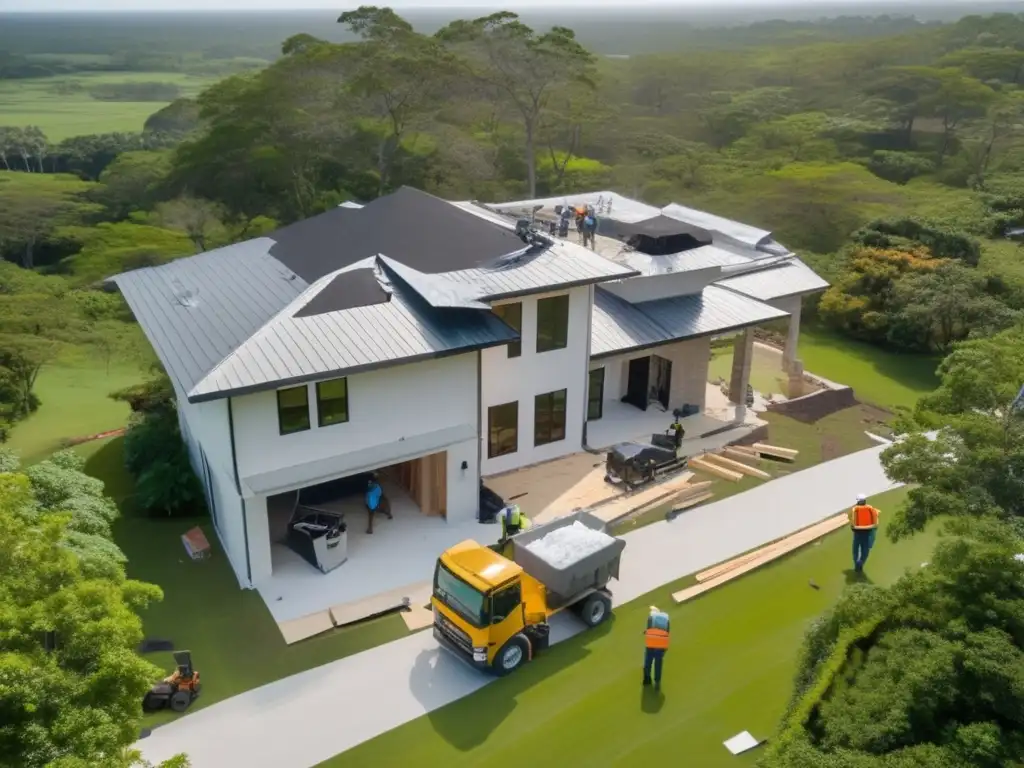
Roofing Materials
The roofing material you choose can make a significant difference in how well your home weathers a hurricane. Metal roofing, for example, is highly resistant to wind damage and can also be impact-resistant if properly installed. Other options like asphalt shingles or clay tiles may also be suitable when installed according to building code requirements.
Window Materials
Impact-resistant windows are the best option for those living in hurricane-prone areas. These windows are designed to withstand the high winds and debris that come with a hurricane. Tempered glass is a common option for impact-resistant windows, and they also come in laminated glass or polycarbonate construction.
Exterior Wall Materials
Reinforced concrete block or masonry walls are popular choices for exterior walls in hurricane-prone areas. These materials are strong and resistant to high winds and debris. Additionally, adding structural reinforcement to existing walls can be an effective way to improve their resiliency.
Designing Your Home for Resilience
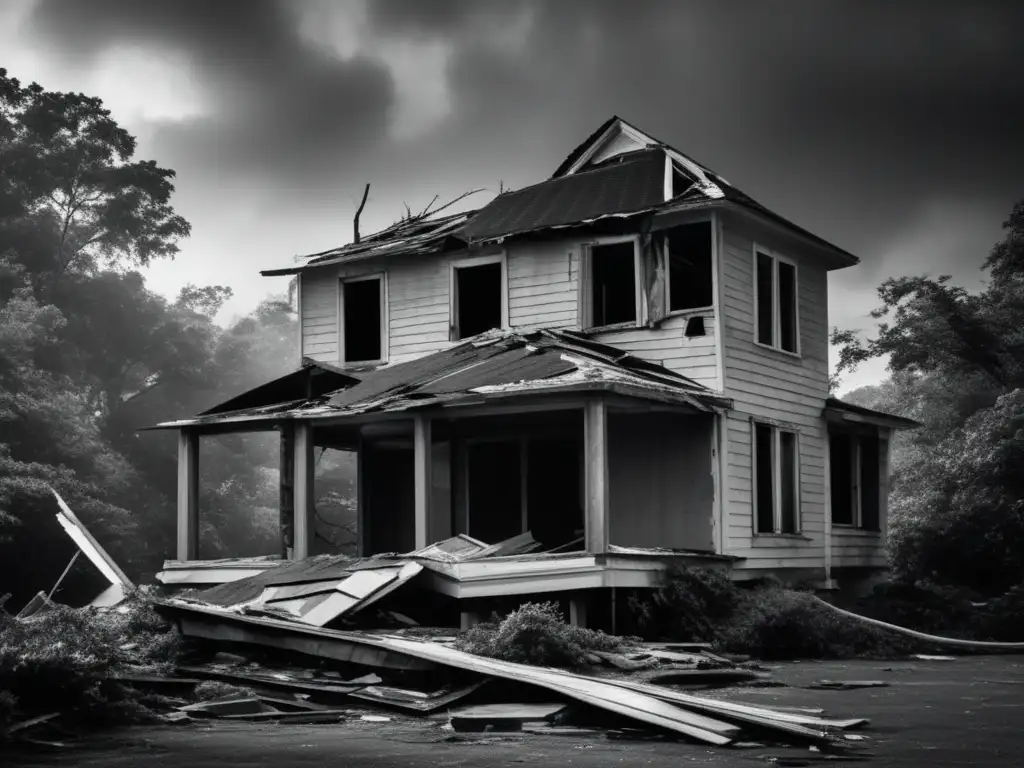
Wind-Resistant Design Strategies
Wind-resistant design strategies involve designing structures that can resist the high winds and uplift forces of a hurricane. Some common wind-resistant design strategies include:
- Shape: A rounded or hexagonal shape allows wind to flow around a structure, reducing the impact of high winds.
- Roof Overhangs: Overhangs can protect windows and walls from wind-blown debris and rainfall.
- Attachment: Reinforced attachments between building elements can prevent structural failure during a hurricane.
Flood-Resistant Design Strategies
Flooding is another common issue during hurricanes, and designing your home to be flood-resistant can help mitigate damage. Some flood-resistant design strategies include:
- Elevation: Building your home on stilts or raised foundations can help keep it above floodwaters.
- Materials: Using water-resistant materials like concrete or metal can help mitigate water damage.
- Ventilation: Installing flood vents can reduce the pressure on your home during a flood and prevent structural damage.
Mitigating Damage Before and After a Hurricane
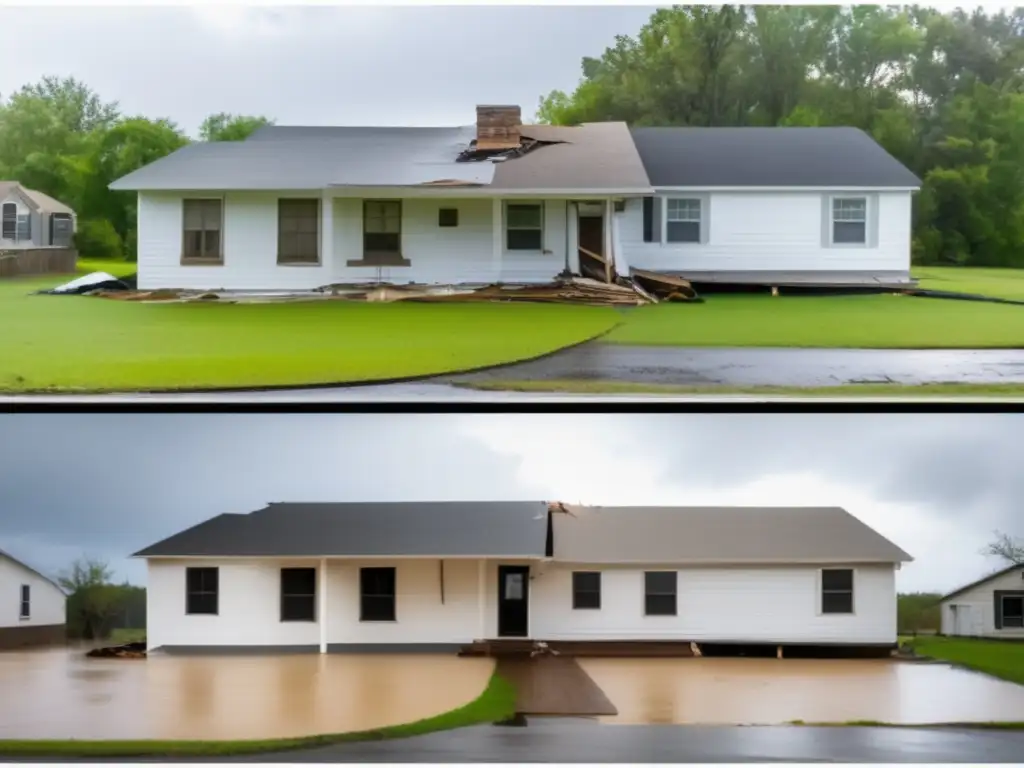
Preparing Your Home for a Hurricane
Preparing your home for a hurricane is essential to minimizing damage and ensuring the safety of those inside. Some steps you can take to prepare your home include:
- Trimming Trees: Removing weak branches or limbs can help prevent them from becoming airborne during a hurricane.
- Securing Outdoor Items: Store outdoor furniture, toys, and other items that could become dangerous projectiles in high winds.
- Reinforcing Doors and Windows: Boarding up windows or installing shutters can help protect against wind-blown debris.
Assessing Damage After a Hurricane
After a hurricane, it's important to assess the damage and take steps to rebuild stronger. Some things you should do after a hurricane include:
- Documenting Damage: Take photos or make a video of the damage to your home and belongings for insurance purposes.
- Protecting Your Property: Cover broken windows and roofs with tarps or plywood to prevent further damage from rain or wind.
- Hiring a Professional: A licensed contractor can help assess the damage and provide recommendations for rebuilding stronger.
Frequently Asked Questions
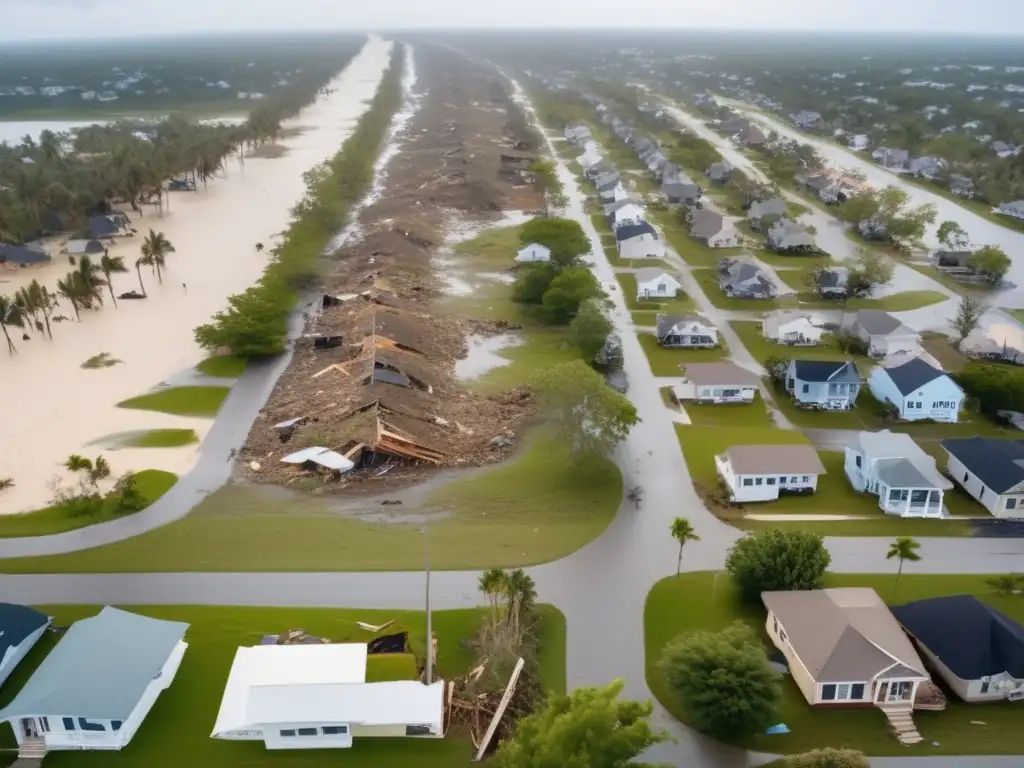
-
Do I really need to rebuild my home according to building codes?
Yes. Building codes are put in place to ensure that buildings are constructed to withstand the forces of nature. In hurricane-prone areas, building codes are especially important to protect against wind and rain damage.
-
Are impact-resistant windows worth the cost?
Yes. Impact-resistant windows are designed to withstand the high winds and debris that come with a hurricane, which can save you money on repairs and keep your family safe during a storm.
-
What should I do if my home is flooded during a hurricane?
First, prioritize your safety and evacuate if necessary. Then, document the damage and contact your insurance provider. Finally, hire a professional to assess the damage and make recommendations for repair or rebuilding.
-
Can I retrofit my existing home to be more resilient?
Yes. There are several ways to retrofit your existing home to make it more resilient, such as adding structural reinforcements or using impact-resistant materials during repairs.
-
What should I do if I can't afford to rebuild my home according to building codes?
There may be financial assistance available to help you rebuild your home to code after a hurricane. Check with your insurance provider, local government, or FEMA for options.
Conclusion
Creating a more resilient home after a hurricane is vital for protecting your family and minimizing damage during future storms. Building to code using impact-resistant materials and strategic design strategies can help ensure that your home is stronger and better prepared to weather the forces of nature. Additionally, taking steps to prepare for and mitigate damage before and after a hurricane can also help minimize the impact of these devastating storms.
If you're interested in learning more about rebuilding stronger after a hurricane, visit HurricaneInsider.org for valuable information and resources.
Additional Resources

- FEMA Building Codes and Regulations
- This Old House: How to Choose Hurricane-Resistant Windows
- National Association of Home Builders: Flood Damage and Rebuilding Information
- Ready.gov: Floods
 Communicating With Loved Ones After A Hurricane
Communicating With Loved Ones After A Hurricane Harnessing Community Support: Working Together For Recovery
Harnessing Community Support: Working Together For Recovery The Children’s Recovery: Helping Kids Cope Post-Hurricane
The Children’s Recovery: Helping Kids Cope Post-HurricaneIf you want to discover more articles similar to Rebuilding Stronger: Creating A More Resilient Home After A Hurricane, you can visit the Hurricane recovery: category.
Leave a Reply

Articulos relacionados: